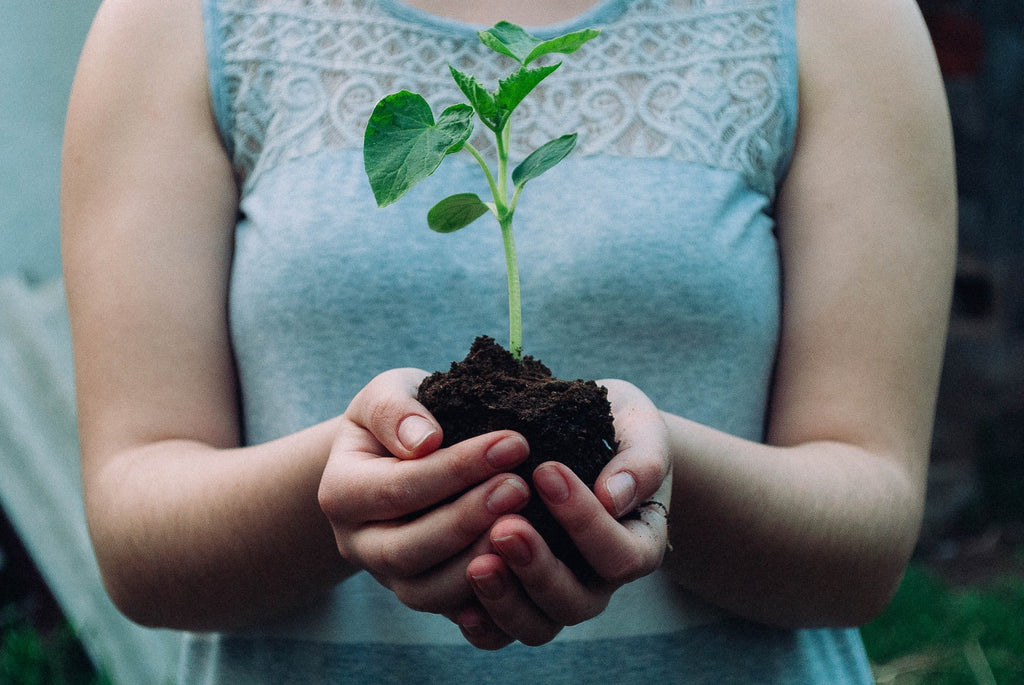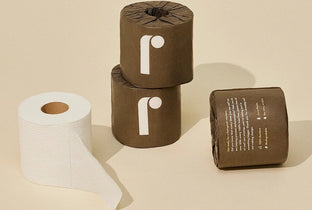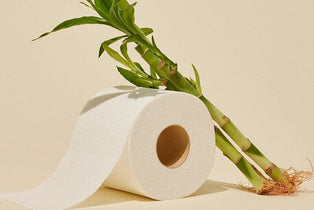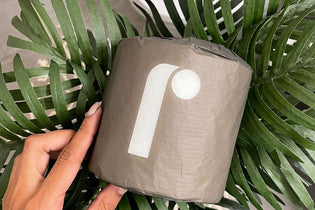
TLDR
Store-bought fertilizers are expensive and can even harm the environment. Homemade compost, on the other hand, is an affordable way to infuse your garden with rich nutrients and reduce food waste. When it comes to feeding your plants, the compost you make at home is often the best compost for gardens and the planet.

Although there are plenty of composting services out there, doing it at home is one of the simplest — and most affordable — ways to go green. Getting started is easy! All you need is some lawn trimmings, food scraps, and a bit of water.
Here’s your do-it-yourself guide to composting at home!
Why Should I Compost?
Using compost is a great way to green-up your garden and enhance the quality of your soil. The many benefits of homemade compost don’t end there, though.
In fact, the best compost for gardens can even:
- Save money on store-bought fertilizers or manure.
- Reduce food waste by naturally breaking down organic food scraps.
- Decrease pollution associated with fertilizers and food waste in landfills.
- Repair damaged soil by introducing valuable nutrients.
DIY composting has tons of benefits. At the end of the day, the best part of homemade compost is that you know exactly what’s in it, so you know exactly what you’re putting into your food and into the planet.
Where Should I Store Compost?
When it comes to storing your compost at home, there’s no shortage of places and ways to do so. Depending on the size and scope of your garden, you’ll first have to decide whether to keep your compost inside or outside.
If your garden consists of a few potted plants and some herbs for cooking, a small, indoor compost bin will probably work for you. Conversely, if you have a larger, more plentiful garden, a higher volume outdoor compost heap will serve your needs better.

Choosing a receptacle to house your compost can be a challenge, too. Don’t worry, finding the perfect receptacle for the best compost for gardens is much easier than you think.
Indoor vs. Outdoor Compost Bins
Composting indoors is tough because space plays a big role. Wherever you decide to store your compost bin, it can’t be too big. Luckily, there are plenty of space-saving compost containers to keep indoors.
- Plastic containers are an inexpensive and versatile way to get started. Simply drill a few air holes, and you’re ready to go!
- 5-gallon buckets are another affordable and easy-to-find receptacle. Again, be sure to drill some holes near the top for aeration.
- Wooden crates and boxes can become simple and stylish compost bins. Cover one with a hinged lid or a piece of heavy fabric, and get composting!
As you move outside, you have many similar options for storing your compost. The biggest difference is that outdoor receptacles have more room to grow.
- Build an open-bottom bin for your compost that’s easily accessible and keeps your compost aerated and contained.
- Large crates and plastic buckets are perfect for storing compost. This is similar to indoor compost, just bigger.
- Invest in a tumbler to store and nurture your compost heap. This will significantly reduce how much maintenance work you need to do.
Deciding where to keep your compost and how to store it can be difficult. Fortunately, this decision is predominantly guided by the purpose of your compost.
What Goes into the Best Compost for Gardens?
Once you’ve decided where and how to store your compost, actually cultivating the compost is a piece of cake. Building a strong foundation of natural materials is the first step. After that, you just have to know what you should and shouldn’t put into your compost.
What to Include & Avoid
In order to cultivate the best compost for gardens, you need to build a foundation of browns, greens, and water.
Browns include materials like dead leaves, small branches, and some twigs. Brown materials give your compost carbon. Greens materials such as fruit and vegetable scraps, coffee grounds, and grass clippings provide the compost with nitrogen. Water is also necessary to dampen and facilitate the breakdown of organic materials.

Once you have a strong foundation, it’s important to maintain an equal balance between browns and greens. This doesn’t have to be exact, but having a good balance ensures your garden will have all of the nutrients it needs.
Not everything can go into the compost, though. In fact, there are several types of materials that you should avoid putting into your compost altogether.
- Pet waste can contain harmful bacteria, germs, and parasites.
- Meat and fish scraps can attract unwanted pests.
- Coal and charcoal ash can be harmful to plants.
- Anything diseased or treated with pesticides can kill helpful organisms and harm plants.
Cultivating compost is easy when you know how to build a solid foundation and maintain balance without introducing harmful substances.
The Best Compost for Gardens Is Made at Home
Composting at home seems like a lot of work, but really it’s pretty easy. Not only will it reduce your food waste, but it will also protect the planet and save you money.
Once you decide where and how to store your compost, the rest is painless. Keeping a good balance of brown and green materials will help your garden stay healthy and nourished. Just be sure to avoid anything that could hurt it.
To learn more about how you can be sustainable at home, follow us on social media!



1 comment
Lynn on